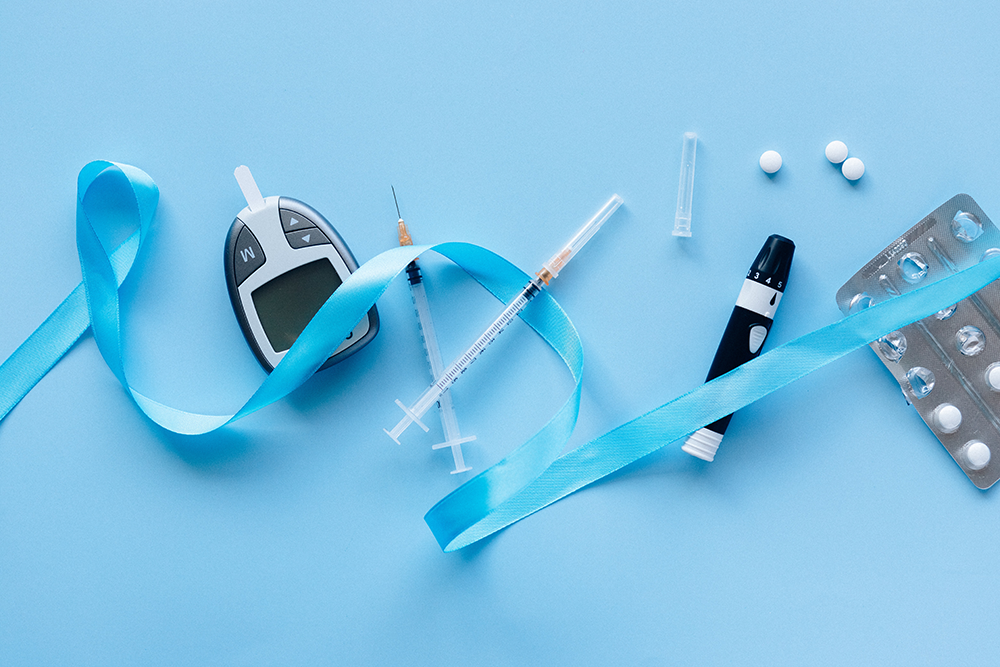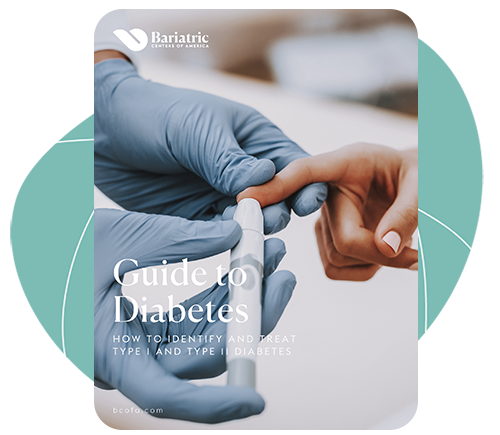
The primary goal of diabetes treatment and management is to manage the blood sugar/glucose levels better while avoiding drops in the glucose levels to the degree that the patient develops symptomatic hypoglycemia. Treating diabetes through lifestyle changes is one of the most beneficial and effective ways to lower blood sugar levels, and also results in weight loss.

Diabetes is the 7th leading cause of death worldwide and is the most expensive long-term disease to treat. In the US, where the diet of most individuals is high in carbohydrates and obesity is more prevalent, about 10% of the population suffers from diabetes, with type 2 diabetes accounting for about 90% of all cases. Type 2 diabetes is also known as "adult-onset diabetes ." The cause of this type of diabetes is not clearly understood; however, it is most commonly associated with a combination of excessive body weight and insufficient exercise.
Given the rising trend in the rates of obesity, it appears the incidence of diabetes will continue to rise. Additionally, due to the long-term health consequences of diabetes, the risk of early death has nearly doubled, resulting in almost 4 million deaths a year. As such, it is not surprising that the cost of diabetes treatment in the United States is over $300 billion, with the average medical expenditures for patients with diabetes being twice that of non-diabetics.
Therefore, the cost of diabetes is no longer just a cost to your health, but also an economic cost that has physicians looking at treating diabetes through lifestyle changes. One of the most beneficial and effective ways to manage this disease is by treating diabetes through lifestyle changes that include dietary changes, increased exercise, close medical follow-up, and ultimately, weight loss.

Treating Diabetes Through Lifestyle Changes
Dietary
The lifestyle changes most important in the management of diabetes have to do with diet. This is usually accomplished through educating the patient about what proper eating means. It’s imperative that an individual with diabetes eats a low carbohydrate diet and avoids most, if not all, simple sugars. These foods result in rapid, high spikes in the blood surgery levels, making it hard for the body to adjust and manage the persistently high glucose levels.
No one specific diet plan is better than the next. In general, the American Diabetic Association (ADA) recommends “reducing overall carbohydrate intake for individuals.” This is most commonly achieved by following (very) low carbohydrate diets such as the Atkins or Sugar Buster’s Diet.
Physical Activity
In addition to eating a healthy diabetic diet, the patient also needs to engage in regular exercise. It is recommended that you participate in 20 to 30 minutes of sustained physical activity daily. This will help to prevent rapid rises in the glucose levels when a patient does eat. During exercise, our muscle cells can better use any available insulin to take up glucose during and after physical activity. This improvement can last up to 24 hours after a workout. Similarly, when your muscles contract during physical activity, your cells are better equipped to take up glucose and use it for energy whether insulin is available or not.
Weight Loss
The third and probably most crucial method of treating diabetes through lifestyle changes is to lose weight. Weight loss can prevent progression from pre-diabetes to full-blown type 2 diabetes. Losing weight will also decrease the risk of developing hypertension and elevated cholesterol. In many cases, even a modest degree of weight loss can result in partial remission of the disease. If you have struggled with weight loss in the past, we encourage you to look into weight loss surgery as a treatment option. Weight loss surgery can be an extremely effective treatment for obese patients with type 2 diabetes. Most patients after surgery can maintain normal blood sugar levels with little or no medications, and long-term complications and death associated with diabetes are decreased.












